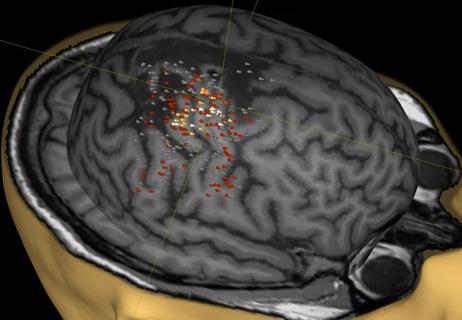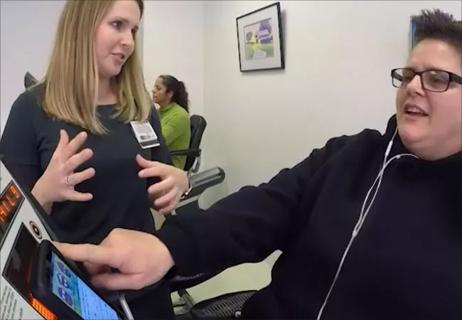Study of thrombolysis therapy timing on mobile stroke unit sheds light
Do certain patient characteristics influence the speed of intravenous thrombolysis delivery and door-to-needle time in acute stroke management? The answer is yes, according to a Cleveland Clinic study presented at the 2018 International Stroke Conference.
Cleveland Clinic is a non-profit academic medical center. Advertising on our site helps support our mission. We do not endorse non-Cleveland Clinic products or services. Policy
The researchers reviewed 124 patients with acute stroke treated with IV thrombolysis on Cleveland Clinic’s mobile stroke treatment unit over three years following the unit’s launch in 2014. Their aim was to identify characteristics associated with more rapid treatment delivery in hopes of potentially refining processes of care. The findings are likely to apply to acute stroke patients in treatment settings beyond mobile stroke units.
In this 90-second video, coinvestigator Andrew Russman, DO, shares the study’s findings on which patient characteristics most influenced treatment time and potential reasons why.
When] we look at the population of patients that we’ve been treating since 2014 with IV TPA or alteplase, what we can see is that that population has certain characteristics that lead to them being treated earlier and more efficiently. And those characteristics are probably not different on the mobile stroke unit than they are let’s say in the emergency department. But when we look at minimal mobile stroke, we can really see that… if you present and you have weakness of an extremity, especially an arm weakness that’s very obvious, that ends up being a very hard indicator that usually leads to us pre-mixing the TPA. And then we’re more effective. Once we’ve pre-mixed TPA, we get that CT scan, and as soon as that CT scan is done and we’ve got the necessary laboratory and other information, we’re able to give the IV TPA. And if we have softer symptoms, like subtleties of language or speech, or there’s more sensory changes or there’s a group of different symptoms that may add up to enough disability to warrant giving IV TPA, they’re sometimes less obvious than that focal weakness of the extremity.

A noninvasive approach to map eloquent areas before surgery

Physician reimbursement policy experts join forces with IT and coders to enable digital transformation

Minority Stroke Program focuses on outreach to racial and ethnic minority communities

Excellent response seen with ongoing use in patients as young as 11

Q&A with a psychiatrist in Cleveland Clinic’s Transgender Surgery and Medicine Program

Time constraints, language barriers, substance misuse, mood disorders targeted for improvements

Project draws $1.6M to leverage telemedicine to create medical home, ease transition to adult care

Comorbid depression is only one of the likely warning signs